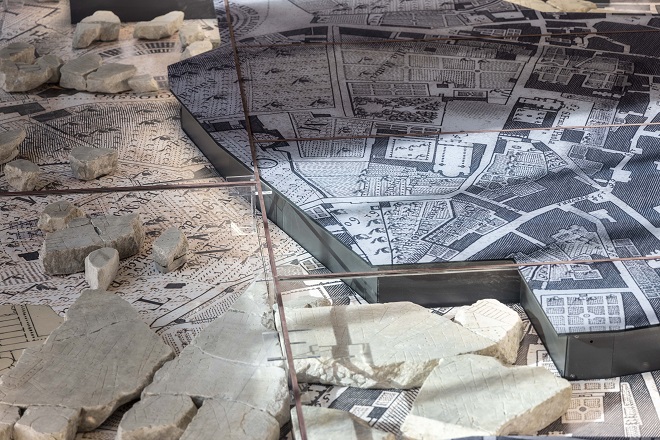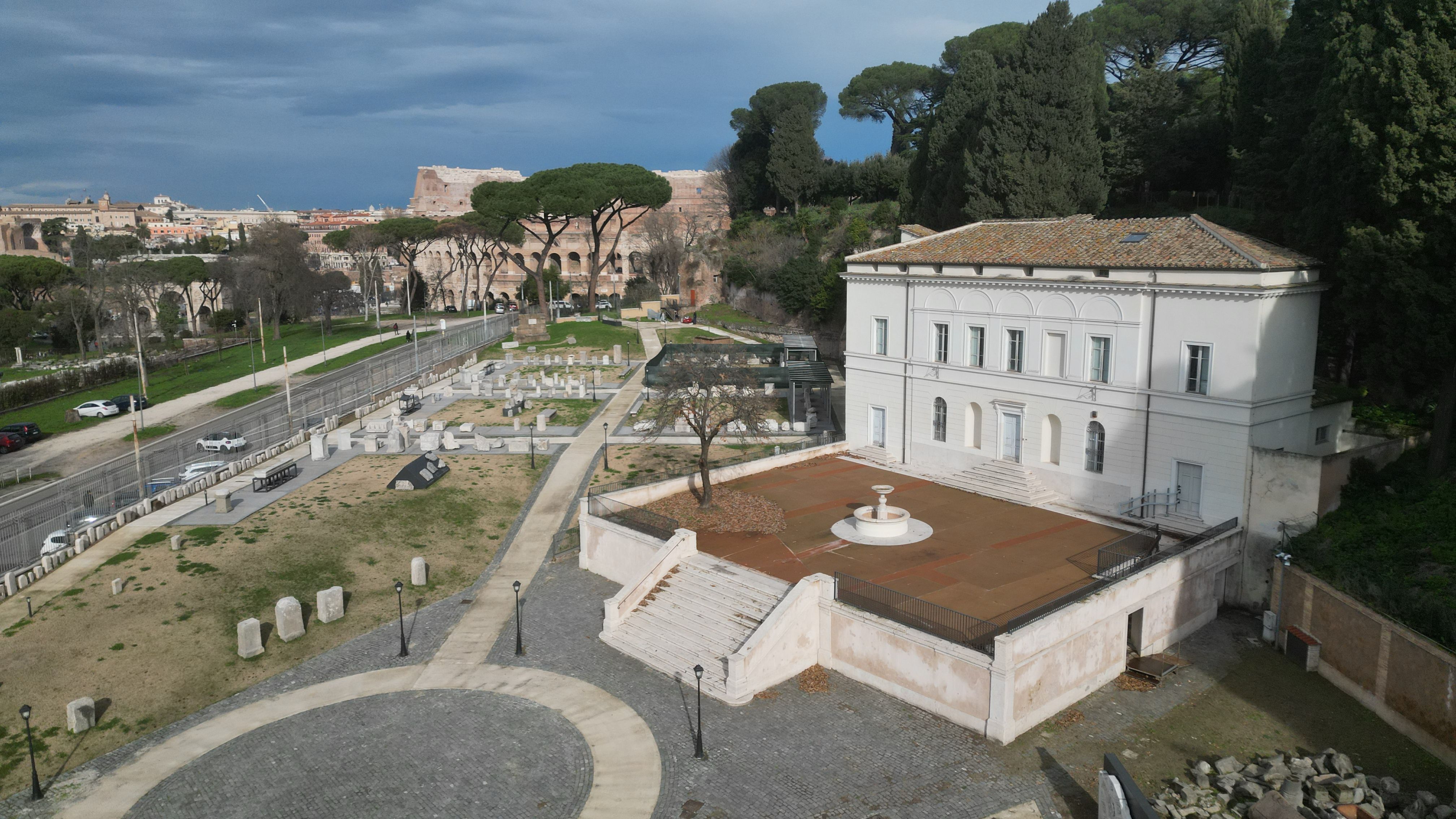Rome, the eternal city, has recently welcomed a new gem into its already wealthy cultural diadem: the recently opened Parco Archeologico del Celio (Archaeological Park of the Celio) and the new museum called Museo della Forma Urbis. This marks a turning point in improving Rome’s historical heritage, offering visitors a one-of-a-kind experience.
The Parco Archeologico del Celio, located on the northern part of the hill that bears the same name, is not just a green sanctuary in the Roman city, but also a custodian of priceless archaeological treasures. Prominent among these are the foundations of the Tempio del Divino Claudio. These alone testify to this area’s greatness and historical importance.

The most important part of this new opening, however, is the Museo della Forma Urbis, housed in the building which previously housed the Gil Gymnasium. The famous Forma Urbis Romae comes to life here; it is a marble map of ancient Rome, engraved between 203 and 211 A.D. under Emperor Lucius Septimius Severus. This map is one of the rarest and most important records of the ancient city. It is now on display in a way that enhances its legibility, despite its impressive size and fragmentary state.
The museum’s most striking innovation is perhaps the overlapping of the fragments of the Forma Urbis onto the “Grande Mappa” (or great map) that Giovanni Battista Nolli created in 1748 and which has been placed on the floor of the main hall. This pairing creates a visual bridge between past and present, allowing visitors to literally step onto history.
The museum is open Tuesday through to Sunday, 10:00 a.m. to 04:00 p.m.. Tickets are available online, through the call center or at the museum’s ticket office. This opening is part of a larger project to enhance the entire area of the Celio. The project, in fact, includes the restoration of surrounding buildings and the organizing of epigraphic materials and findings from the archaeological excavations of the late 19th-century.
All in all, the opening of the Parco Archeologico del Celio and the Museo della Forma Urbis does not just represent a cultural enrichment for the city of Rome, but also an invitation to immerse oneself within history, and discover the roots of one of the most influential civilizations of the ancient world. For history and archaeology enthusiasts, and for anyone wishing to connect with Rome’s glorious past, it is definitely an unmissable experience.
Photos from Roma Capitale website (Comune.Roma.it)

